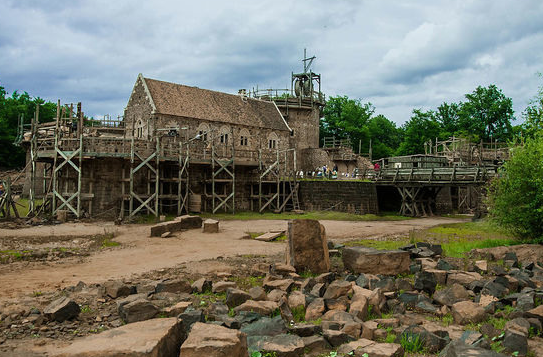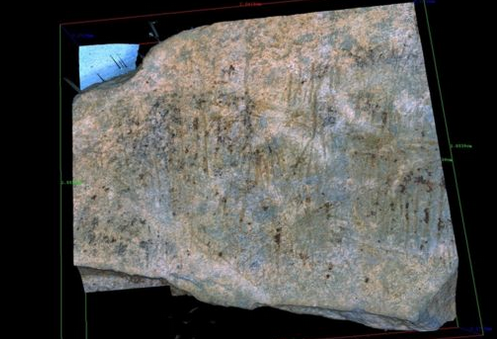Building Guedelon Castle: Archaeology In Reverse
“Not only are many of the members of the project in period dress, but there is also a medieval restaurant.”
We are intrigued…
From Atlas Obscura
Treigny, France
Guedelon Castle
Despite centuries of architectural innovation, this French castle is being built like it’s the 13th century
“In a remote forest clearing in Burgundy, France, a 13th-century castle is slowly being constructed using only the tools, techniques, and materials that would have been available to the builders of the day. It’s archaeology in reverse.
The Guédelon project was started in 1997 at this location, which was chosen because it was near an abandoned stone quarry, a pond for water, and in a forest that could provide wood. The whole exercise is an experimental archaeology endeavor that seeks to discover what it would have been like to create a castle centuries ago, not by making guesses from artifacts from the past, but by experiencing it in real time. Knotted rope is used to make measurements, stone is imperfectly cut to denote the station of the castle’s owner, and rock is chiseled by hand.”
For the rest, and pictures, click here.
Share


